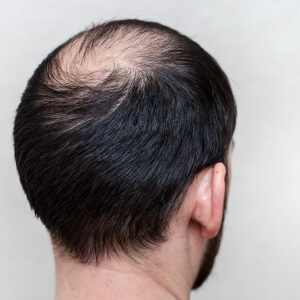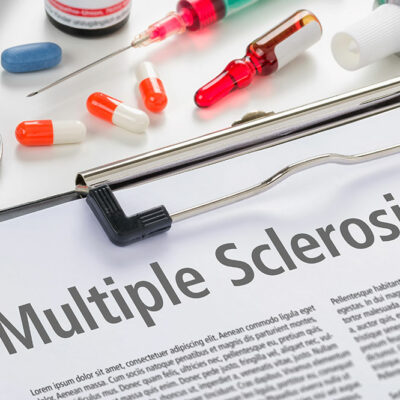4 mistakes rookie truck drivers should avoid

Truck driving is a demanding profession that requires skill, focus, and dedication. The job may be challenging, but it can be rewarding if done correctly. The challenges and pitfalls can create slip-ups for rookie truck drivers. This can lead to sabotaging the safety of pedestrians and drivers on the road as well as themselves. So let’s discuss four common mistakes rookie truck drivers should avoid to have a successful career in this field.
Neglecting pre-trip inspections
A truck driver’s most important task is conducting a pre-trip inspection of their vehicle. The inspection involves checking the tires, brakes, lights, and other essential components of the truck. Neglecting this task can lead to accidents and breakdowns on the road. It is crucial to take the time to do a thorough inspection before hitting the road.
Not planning routes ahead of time
Another mistake that rookie truck drivers often make is not planning their routes ahead of time. It can lead to getting lost, missing delivery deadlines, and wasting fuel. Planning routes ahead of time helps drivers avoid traffic congestion and road closures, which can cause significant delays. Using GPS and other navigation tools can be helpful, but it is essential to have a backup plan in case of technical difficulties.
Not taking breaks
Truck driving can be exhausting, both mentally and physically. Rookie truck drivers must take breaks regularly and get enough rest to stay alert on the road. Not taking enough breaks can lead to fatigue, impair driving ability and increase the risk of accidents. Federal regulations require drivers to take regular breaks, and violating these rules can result in penalties and fines.
Failing to secure loads properly
Rookie truck drivers may underestimate the importance of securing their loads properly. Failing to do so can lead to accidents, cargo damage, and even fatalities. Drivers must know how to secure loads and use the appropriate equipment to do so. It is also essential to check the load periodically during the trip to ensure that it remains secure.
2022 deals on Ram 1500 pickup truck
Check out the official Ram Trucks website for exciting offers and incentives on existing 2022 deals on RAM 1500 pickup trucks. On your new purchase, you can additionally avail of leasing options starting at $349/month for 42 months. With the lease, you’ll pay a fixed down payment of $4,849 to secure the deal. Alternatively, check out the 1.9% APR finance deals for 72 months with no mandatory down payment. Many popular trims of the dodge RAM are also eligible for a cash allowance of $4,000 with existing 2022 deals on RAM 1500 pickup truck. So, compare and check out these offers today. Note that these offers and incentives will change depending on the location and available trims for sale.
Rookie truck drivers can make the most of their careers and enjoy the satisfaction of a job well done by remaining vigilant and cautious. They can consult trusted sources such as reputable dealerships or online marketplaces with a proven track record to find genuine deals on new vehicles.










